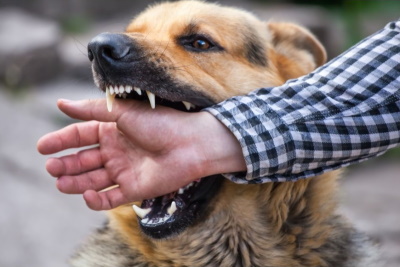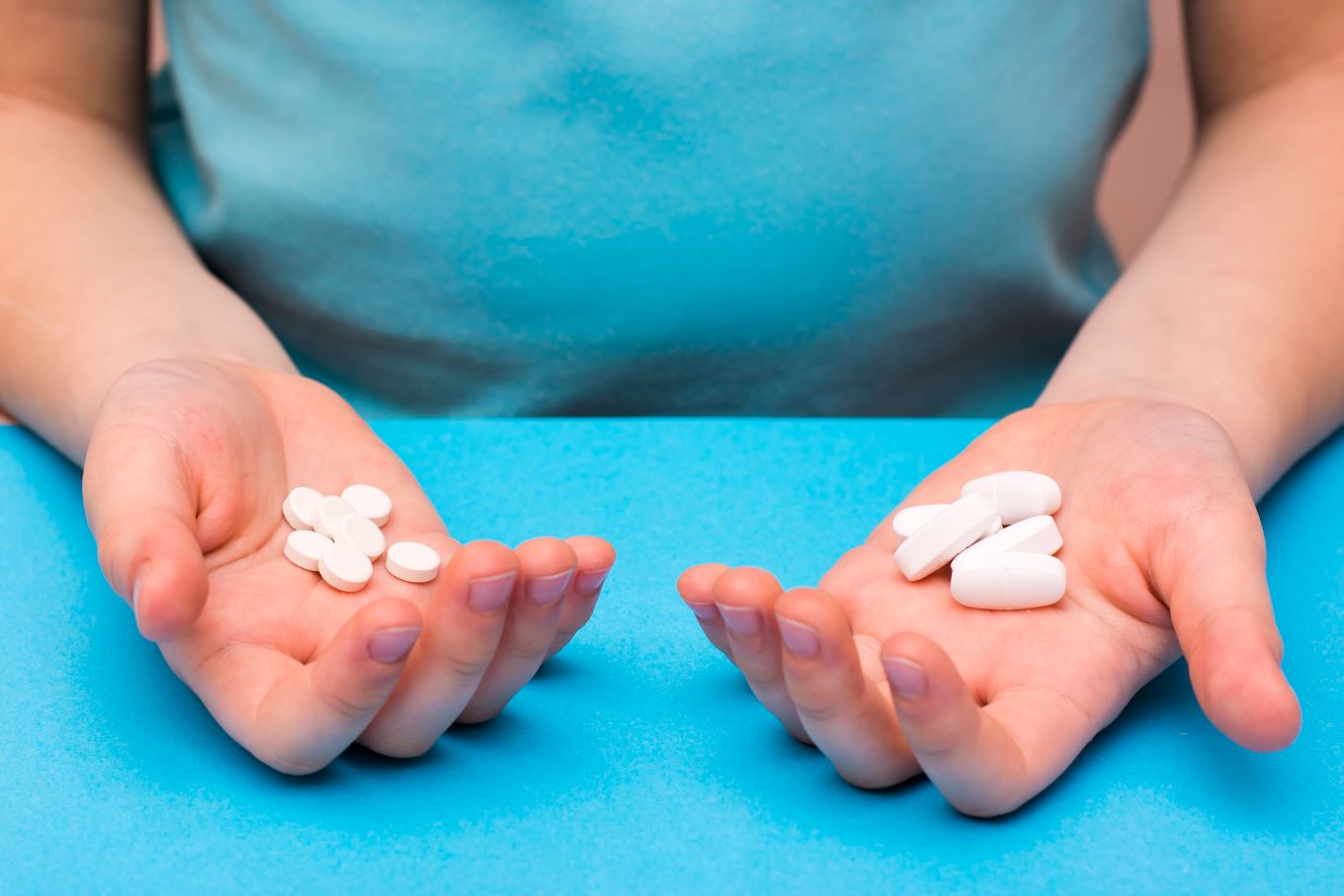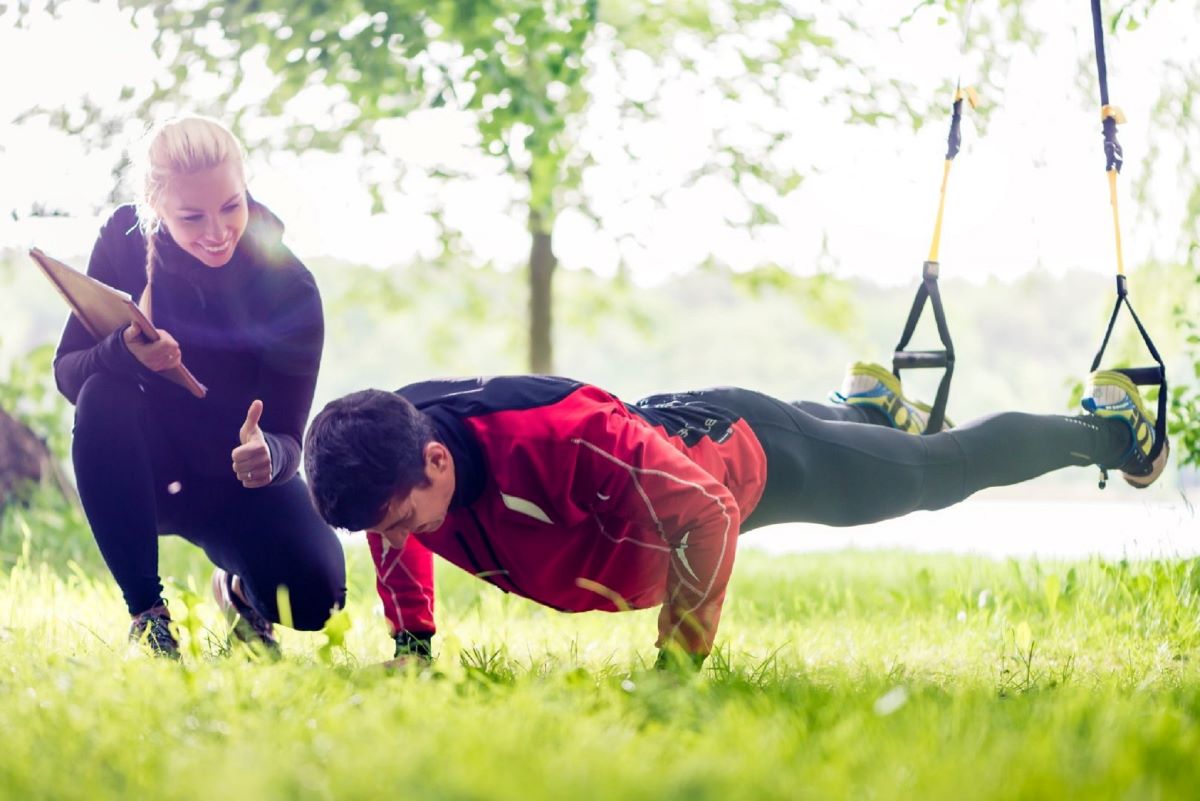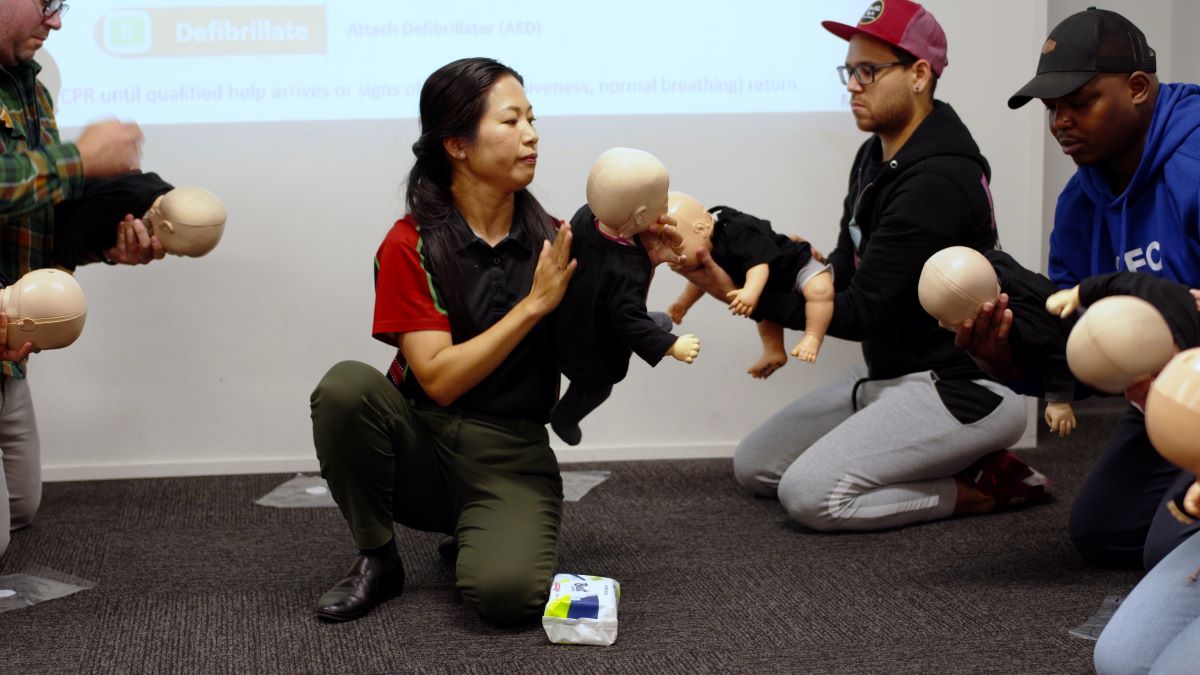Although dogs are one of the world’s most beloved pets, the reality is that sometimes, dogs bite. Thousands of people every year often require serious medical attention from dog bites. But if you found yourself on the scene of a recent dog attack, would you know what to do?
What do I do after a dog bite?
The first step in any first aid situation is to remove any ongoing danger – so your first priority is to make sure the dog is no longer a threat. Hopefully the owner is on hand to restrain it. Otherwise, you might need to move to a place of safety. If the owner is present, it’s worth getting some details from them, as there might be questions later about whether the dog is vaccinated.
If the dog is unaccompanied, take note of the breed and appearance if possible and note where the attack happened – authorities might need to catch the dog and get it tested for disease.
Once there’s no more danger, you can get on with providing dog bite treatment.
Dog bite treatment
The treatment for a bite will often depend on how severe the wound is. If the skin isn’t broken, that’s good – there might still be significant bruising, but the risk of infection is much less. Wash the area with warm water and soap, and apply antiseptic or antibacterial cream as a precaution if possible.
If the skin is broken, you’re dealing with a more significant wound and the risk of infection is considerably higher. Again, washing the area with soap and water is a good start. If you can gently press on the wound to allow a small amount of bleeding, this can help – the blood can flush germs out of the wound. Antibacterial cream or some other kind of antiseptic is more important at this point of the dog bite treatment.
If the wound is currently bleeding, apply a clean cloth to the wound with pressure to stop blood flow. This should be followed up with antiseptic or antibacterial cream and a sterile bandage when the blood has slowed.
Can dog bites cause disease?
Yes. All dog bites, however minor, should be watched closely for signs of infection. If the wound starts to show any sign of redness, swelling, unusual warmth or being tender to the touch, you should get it checked by a medical professional.
Even if it doesn’t show these signs, a severe bite that causes bleeding may still be worth showing to a doctor. This is particularly important if you’re not sure when you last had a tetanus shot. Infections from animal bites can be dangerous if not treated properly – especially in younger children.
How can I be better prepared?
As with any injury, the sooner first aid is applied for a dog bite, the better. Knowing how to assist before an accident happens can do much to lessen how serious an injury ends up being.
One of the best ways to prepare for a medical emergency – such as a offering dog bite treatment – is by getting first aid training. While this sounds like a fairly dramatic step, it’s actually not – getting trained (and certified) in first aid is quite straightforward, affordable, and only takes a day or so. Registered training organisations like First Aid Pro can provide training to deal with a wide variety of medical emergencies.
The training takes less than 8 hours and is available from a wide variety of training venues in most major cities. The whole course is less than $100 and covers a wide variety of accidents and medical emergencies.
Make sure you’re ready for whatever medical emergencies life throws your way.







